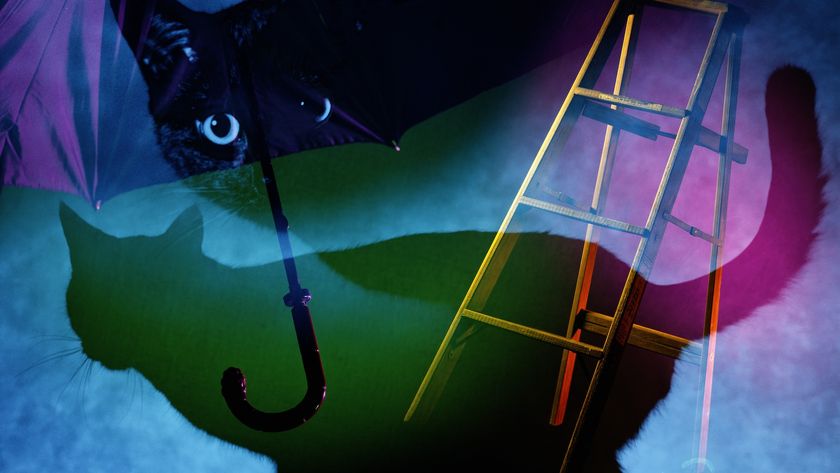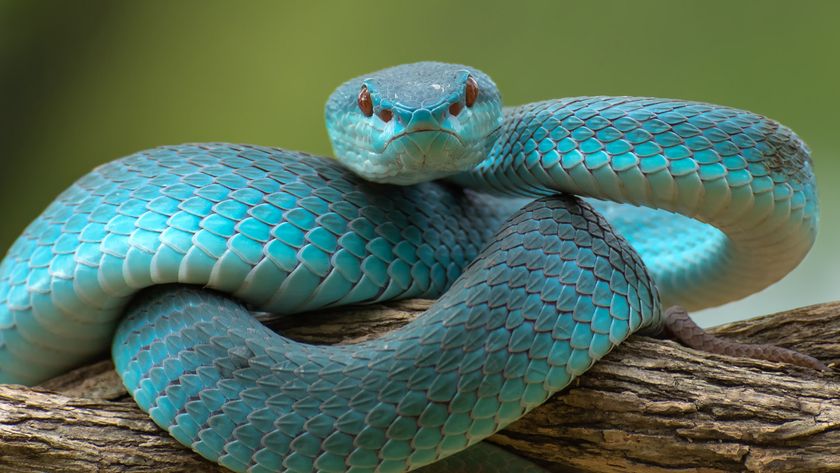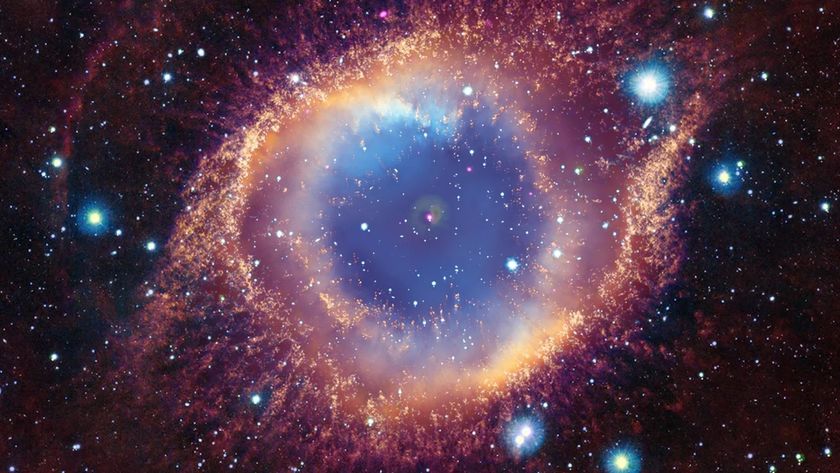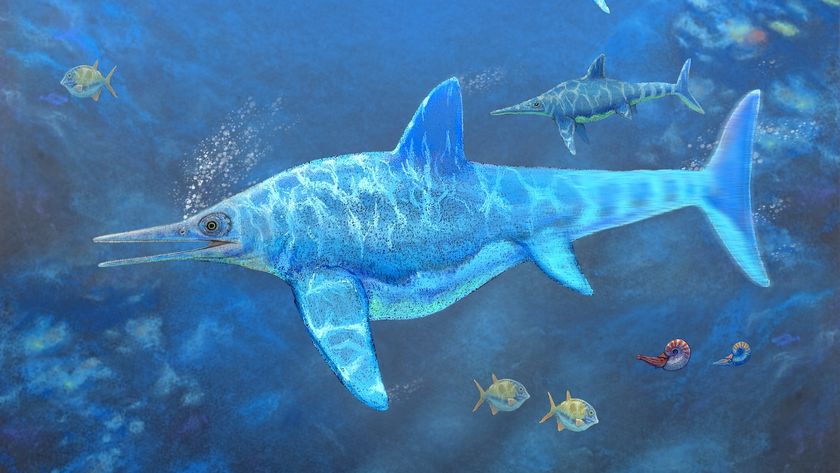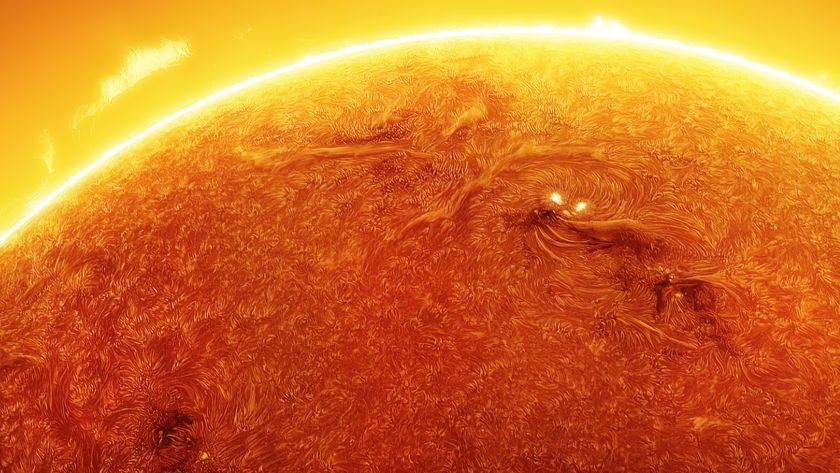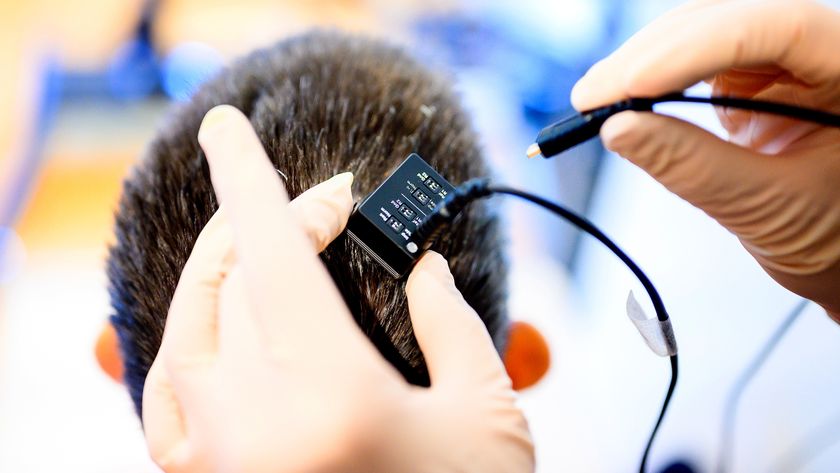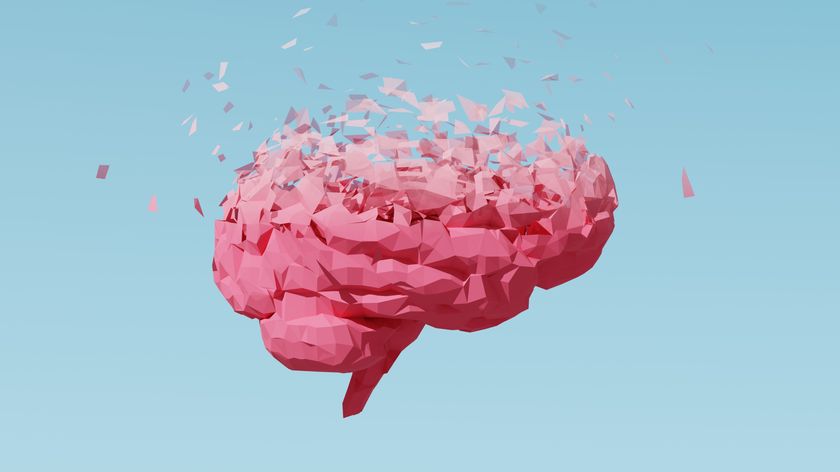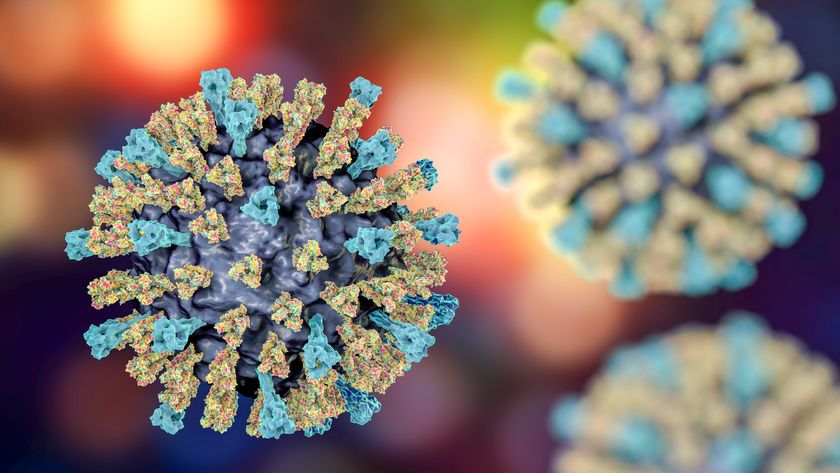Scientists: You Can't Profile School Shooters
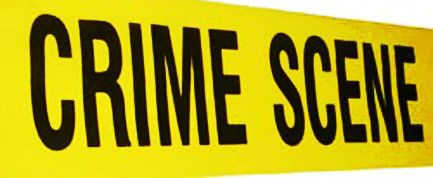
The horrific, mass shooting at Virginia Tech earlier this week has led to many disturbing questions, perhaps one of the biggest of which deals with the factors that make a student go on a rampage of such magnitude and lethal consequence.
If psychologists and mental health officials knew the answer, the world might be a different place, but of course the question requires a multi-faceted answer, say experts in the field of social and behavioral science.
For instance, trying to come up with a profile of a “typical school shooter,” is not only unproductive but invalid, one scientist says.
“I get a little nervous when people are trying to come up with simple answers, like he was a loner,” said Robert Geffner, a neuro-psychologist and president of the Institute on Violence, Abuse and Trauma at Alliant International University. “I think every report I’ve seen is focusing on ‘He’s a loner.’ It would be nice if somebody said, ‘Yes he is a loner, but most loners don’t kill people.’”
Common ingredients
A slew of factors determine our behavior, social scientists say, including external factors, our mental states and the state of our brain.
There are, however, a few things that keep resurfacing when scientists review violent and aggressive actions by youth, including depression, anger and resentment, low self-esteem, feelings of victimization and sometimes serious psychiatric disorders.
Sign up for the Live Science daily newsletter now
Get the world’s most fascinating discoveries delivered straight to your inbox.
“These are people who often suffer from mental illness, in this case there was evidence this guy was pretty depressed; they sometimes have difficulty telling what’s real and not real,” said Daniel Nelson, a psychiatrist who counsels children affected by trauma at Cincinnati Children’s Hospital.
But again, most mentally-disturbed individuals don’t pick up a gun and use it. “You can’t say they have isolated themselves and they are depressed, so they are going to turn into a mass murderer,” Nelson told LiveScience. “The problem is now you’ve labeled literally tens of thousands of people incorrectly, because most people who are depressed, isolated and can’t talk, don’t become mass murderers.”
Experiences such as rejection at home or school can tip a person past their coping threshold. “We do know that being a victim of bullying or rejection or actually being a bully, those tend to be a common ingredient in many of the youth violence cases like Columbine,” Geffner said in a telephone interview.
Tricky profiles
Amassing traits to create a profile that describes Cho Seung-Hui or other school shooters simply doesn’t work, psychologists say. For one, hindsight can bias the profile. “When you know the outcome of something, particularly when you know the tragic and deadly outcome like this, then you selectively [look at] the things that point toward that outcome and selectively forget about or de-emphasize the things that don’t,” said Kirk Heilbrun, a psychologist who focuses on violence in juveniles and adults at Drexel University in Philadelphia.
The resulting profile would cast an overly wide net. “Because so many kids would possess the characteristics that the profile would identify, you’d have a large number of false positives,” said Joseph Gasper, a sociologist who studies the nature of school crime and juvenile violence at Johns Hopkins University.
Plus, a hodge-podge of characteristics doesn’t equal a killer. “We try to look for simple answers. And the first thing I see throughout the media is, well, he’s a loner, and somehow that’s the explanation,” Geffner said. “However, there are millions of loners who don’t go out and kill people. And there are people who kill other people who are not loners.”
Jeanna Bryner is managing editor of Scientific American. Previously she was editor in chief of Live Science and, prior to that, an editor at Scholastic's Science World magazine. Bryner has an English degree from Salisbury University, a master's degree in biogeochemistry and environmental sciences from the University of Maryland and a graduate science journalism degree from New York University. She has worked as a biologist in Florida, where she monitored wetlands and did field surveys for endangered species, including the gorgeous Florida Scrub Jay. She also received an ocean sciences journalism fellowship from the Woods Hole Oceanographic Institution. She is a firm believer that science is for everyone and that just about everything can be viewed through the lens of science.

